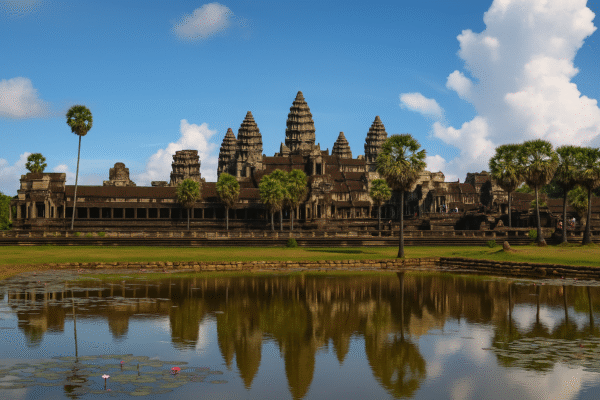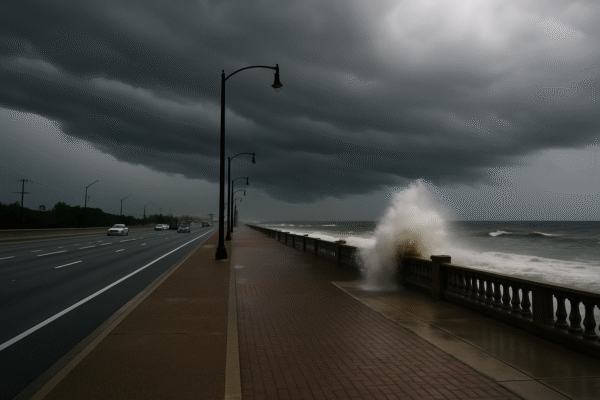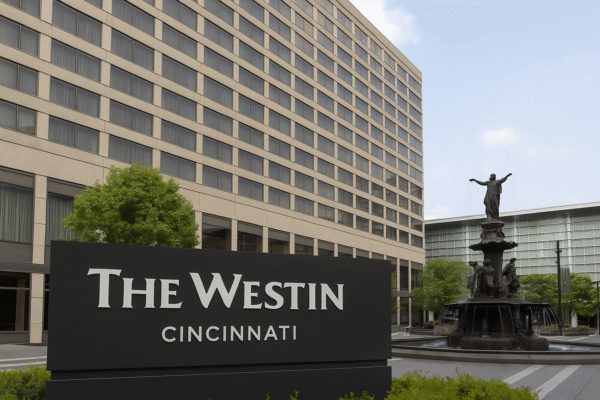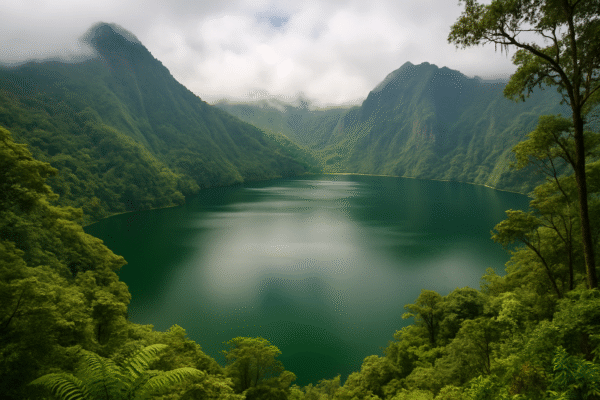Nestled within the heart of Mindanao, the Philippines harbors one of Asia’s best-kept ecological secrets: ancient volcanic crater rainforests now thriving as living sanctuaries of rare biodiversity and natural wonder. Spearheading this movement toward sustainable discovery are two extraordinary locations—Lake Holon in South Cotabato and the high-altitude forests of Mount Apo, the country’s tallest volcano.
From Destruction to Biodiversity Haven
Formed by cataclysmic eruptions centuries ago, the craters of Lake Holon and Mount Apo were once scenes of molten chaos. Today, they stand as testaments to the resilience of nature. The caldera of Mount Parker, known locally as Melibengoy, cradles the emerald-hued Lake Holon—now a centerpiece of ecotourism in the Soccsksargen region. Likewise, Mount Apo’s crater forests form a vibrant ecological zone of mist-draped trees, rare orchids, and endemic wildlife.
These landscapes are not only visually breathtaking but ecologically vital. Enclosed within their steep volcanic rims, they foster microclimates that support an astonishing array of life. Researchers from the Department of Environment and Natural Resources (DENR) and local conservation NGOs have documented endemic birds, amphibians, and insect species exclusive to these secluded biospheres.
Ecotourism Rises as Global Travelers Seek the Wild Unknown
In recent years, there has been a discernible shift in global travel preferences. Modern adventurers increasingly prioritize meaningful encounters with nature, favoring destinations that offer both ecological richness and cultural authenticity. The crater rainforests of the Philippines answer this call—providing immersive, low-impact experiences unlike any offered by mainstream tourism circuits.
Lake Holon, for example, has emerged as a model for responsible ecotourism. Managed by the T’boli Indigenous Peoples through the local government unit (LGU) of T’boli, the area emphasizes sustainable visitor practices: regulated trek permits, strict waste management, and guided cultural experiences that highlight T’boli heritage. According to the T’boli Tourism Office, community-based tourism has not only generated income for local residents but has also bolstered conservation awareness.
Mount Apo, on the other hand, attracts both ecologists and extreme hikers. Towering at 2,954 meters above sea level, the mountain is a protected area under the Mount Apo Natural Park declaration. The Department of Tourism (DOT) and DENR have been working closely to establish sustainable trail systems and conservation programs, recognizing Mount Apo’s significance as a biodiversity hotspot and a cultural icon.
Scientific Frontiers and Ecological Discoveries
Experts assert that these crater rainforests represent frontiers of scientific exploration. Their isolation has allowed unique evolutionary trajectories to unfold. New species of flora and fauna continue to be discovered, underscoring the importance of preserving such pristine ecosystems.
Recent biodiversity assessments by the Biodiversity Management Bureau (BMB) noted that Lake Holon harbors populations of Philautus t’boli, a frog species found nowhere else in the world. Likewise, the Mount Apo region supports rare species like the Philippine eagle (Pithecophaga jefferyi) and the Mindanao montane forest mouse (Apomys insignis).
This rich scientific potential has prompted increased collaborations between academic institutions, conservation scientists, and local authorities to ensure the protection of these ecosystems from unsustainable development or excessive tourism impact.
Blueprint for Global Conservation-Based Travel
As international travelers rediscover the value of authentic nature encounters, destinations like Lake Holon and Mount Apo offer a replicable model for balancing conservation and community upliftment. Tourism officials highlight several key practices that underpin this success:
- Visitor Limitations: Daily caps on hikers and trekkers help minimize human impact.
- Eco-Guides & Local Hosts: Indigenous and local guides are trained to provide both environmental education and cultural storytelling.
- Leave-No-Trace Policies: Campers are required to pack out all waste and avoid disturbing flora and fauna.
- Reinvestment in Conservation: A portion of tourism revenue is earmarked for reforestation, wildlife protection, and educational outreach.
Such measures not only safeguard the natural environment but also empower local communities to become stewards of their land.
Global Inspiration from a Philippine Gem
The growing success of these Philippine crater rainforests is prompting environmental think tanks and travel analysts to call for similar efforts in other volcanic regions across Southeast Asia, Latin America, and the Pacific Islands. Countries with dormant calderas and hidden crater lakes—such as Indonesia, Costa Rica, and Papua New Guinea—are being encouraged to explore conservation-driven tourism initiatives rooted in education, geology, and community participation.
Balancing Visitation and Preservation
While interest in these destinations is surging, stakeholders are keen to strike a careful balance. Over-tourism remains a risk if unregulated, especially in delicate volcanic terrains with narrow access points and sensitive vegetation. To mitigate this, sustainable tourism certifications, trail zoning, and ecotourism training are being intensified by LGUs, with support from agencies like the Asian Development Bank and USAID.
A Future of Shared Stewardship
Ultimately, Lake Holon and Mount Apo are more than tourist spots—they are living classrooms and conservation catalysts. Their stories show how nature can rebound with time, respect, and collective stewardship. By promoting responsible tourism rooted in ecological appreciation and indigenous knowledge, the Philippines is stepping into the spotlight as a global leader in eco-conscious travel.
For more travel news like this, keep reading Global Travel Wire




















